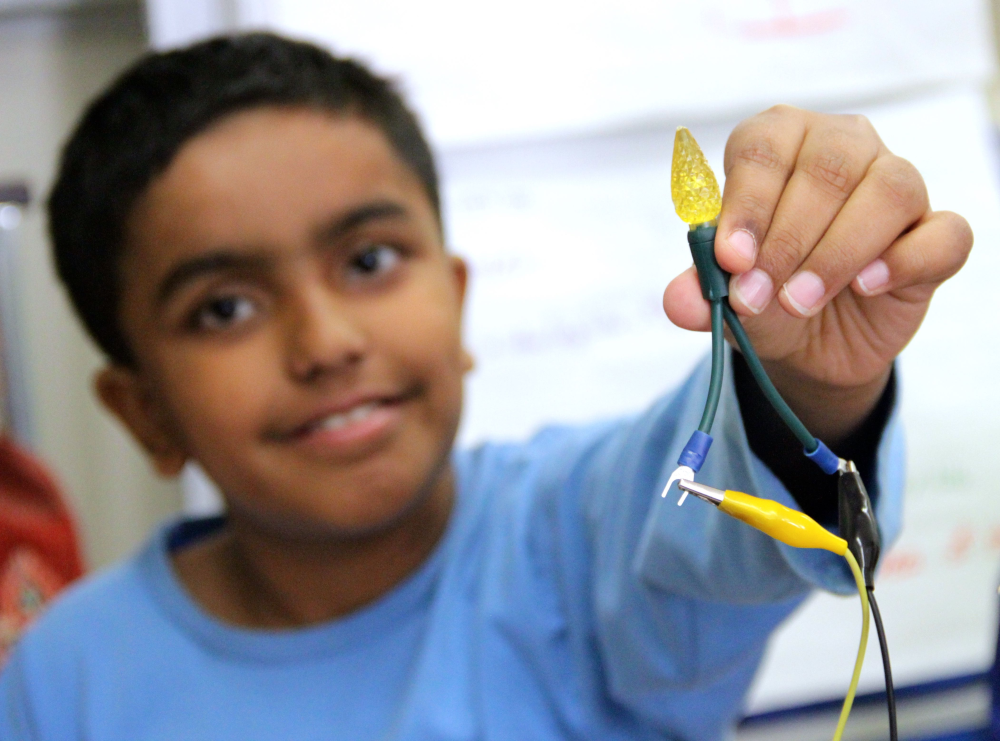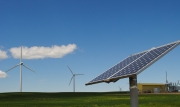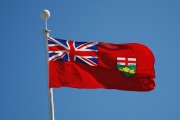Tomorrow’s renewable energy leaders don’t just spring from the sea fully formed like Aphrodite. They are developed through education, mentoring and their own drive and desire. And it’s groups like TREC Education that lay the groundwork so that the decision makers of tomorrow will be able to get us out of the mess that we’re in.
TREC Education was formed in 2002 after its sister organization, the Toronto Renewable Energy Cooperative, helped erect the Windshare wind turbine at the waterfront at Exhibition Place. We featured the project and its integral role in kickstarting the parade of positive clean energy policy in Ontario in our first season. Given the turbine’s high visibility, school teachers and the public were interested in touring and learning more about the project. So TREC started giving tours and developing educational activities and programs.
 “We've had over 100,000 people participate in our renewable energy activities and workshops,” says Kelly Park, the events and communications coordinator for TREC Education.
“We've had over 100,000 people participate in our renewable energy activities and workshops,” says Kelly Park, the events and communications coordinator for TREC Education.
“We run field trips, and we're also going out into the communities and speaking to the public at community events. We're trying to reach everyone, talking to people, answering questions, making it accessible and making sure that they are getting that factual information that we feel we can provide,” says Park.
We had the chance to tag along for an all-day workshop with Robin Coyle and Lisa Seal’s Grade 5 classes at George Webster School in Toronto.
Students participated in an interactive walkthrough of renewable energy and non-renewable energy. They also spent some time discussing energy efficiency, learning about energy hogs and such. But the real fun stuff was the hands-on learning part. They got a chance to build a model wind turbine and test different wind turbine blade lengths and configurations. They used a stiff breeze from a box fan to turn their turbines and power LED light bulbs.
“We joke that we have those light bulb moments because that is actually happening in our programming, where students are able to use the wind or the sun to turn on that light bulb that’s not only in front of them but in their minds,” says Park.
“Energy topics can be really hard for people of all ages to understand and it can be a hard thing for teachers to teach. What makes our programming special is that we’re letting kids get interactive and they are in control of it, so when they see it happening right in front of them they are getting that message and they are getting the information about what is going on.”
It was a blast watching these young students with their multimeters trying to eke out every bit of power they could through trial and error with their model wind turbines.

This is the first year that teacher Lisa Seal used the program.
“[The workshop was] very lively, interactive, hands-on, lots of movement for the kids, engaging activities and got them thinking about energy the way they need to think about energy,” says Seal. “The opportunity to build the wind turbine is outside my bag of tricks, so this was great.”.
The activities combine curriculum learning with hands-on science experiments all in the context of the very current, real world challenge of building clean energy.
In the Capture the Wind workshop, the students not only learn how turbines work, they experiment with turbine configuration and performance. In one sequence the students use the model turbine to power old fashioned, inefficient incandescent bulbs. Then they hook up newfangled LED lights instead. The LEDs burn brighter and don’t slow down the turbine as much, teaching the students about energy efficiency at the same time.
TREC also has a follow-up program called the Renewable Energy Design Challenge, where students gather materials and make their own turbines from scratch. We saw turbines that had paper mache forests under them, art deco turbines and even one with camouflage design complete with little toy soldiers below.
This kind of hands-on learning can be very effective, says Temple Grandin, an author, autism advocate and a professor of animal science at Colorado State University. Such projects “motivate kids who love hands-on activities to remain interested in coming to school and learning. They also teach practical problem solving and for some students, serve as refuges from bullies.”
The majority of the students in the TREC class were fully engaged, writing down data, crunching numbers on their calculators, measuring turbines and finding answers through experimentation.
Whether these students are touring a solar PV project or building their own model wind turbines, they’re being set up for success in a world that’s increasingly going to need people who are familiar with clean energy and energy conservation solutions.









